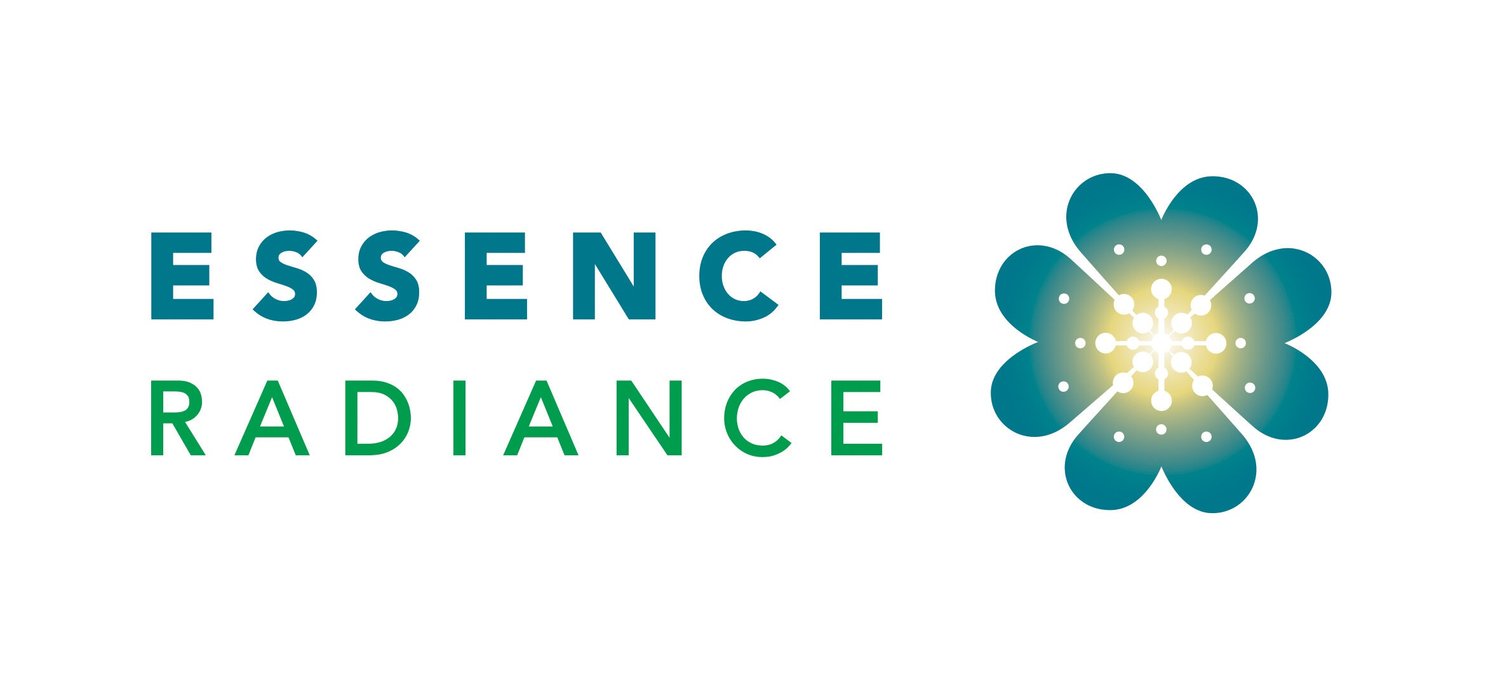KINESIOLOGY
Kinesiology is a natural therapy which combines Western techniques and Eastern wisdom to promote physical, mental, emotional and spiritual health. It uses muscle testing as a form of bio-feedback from the body's central nervous system to monitor energy imbalances in the body and identify causes of stress. Non-invasive techniques based on the principles of acupuncture, homeopathy, nutrition, counselling and chiropractic are then used to correct energy imbalances.
In Kinesiology there are three factors to consider in restoring and maintaining natural health. These factors form an equilateral triangle known as the Triad of Health. If one side of the triad becomes deficient, diminished health results and may lead to a significant health problem. Also, if treatment is focused on only one side of the triad, the root cause of the initial problem might be left undetected and remain uncorrected or return again after some initial improvement.
Kinesiology treatments therefore place equal emphasis on all aspects of health:
Structural/Physical Health: The things the body is made of – the spine, joints, muscle, bone, organs and glands.
Nutritional/Chemical Health: Blood, hormones, immune system, organ and gland functions. The things we eat, drink, breathe, produce and eliminate.
Emotional/Mental/Spiritual Health: The thoughts, beliefs, and feelings which create physiological responses in the body.
What to Expect:
A Kinesiology treatment is known as a balance because the objective of the session is to bring the body's energy systems back into balance so that it is in a better position to heal itself. A 'balance' can be directed towards achieving any personal goal; from overcoming an allergy or anxiety to increasing energy levels or improving relationships.
The client lies fully clothed on a massage table while the practitioner tests one or more muscles using gentle pressure. This muscle testing is used to identify the source of stress and imbalance in the body and also, the best course of action required to correct the imbalance. The practitioner will use various techniques to re-balance the muscles – these corrections may be on a physical, emotional, or mental level. They might involve stimulation of acupuncture points (no needles are involved), counselling or pyschological analysis, a recommendation for foods, nutritional supplements or life-style changes, specific exercises, flower essences, crystals or homeopathic remedies. As everyone is different, different techniques or ‘corrections’ will be required to heal their imbalances and muscle monitoring will tell the Kinesiologist exactly what a particular person needs.
Regardless of the correction technique, unresolved emotions and limiting beliefs are always identified and addressed because they represent a significant part of the blockage in energy flow, particularly if they are related to an ongoing pattern of behaviour that a client finds stressful in the present. This is because our life memories and their associated emotions are stored in our subconscious mind. When we encounter particular situations that are similar to negative experiences we have had in the past this can ‘trigger’ these memories and conjure up their related emotions causing our body to re-experience them all over again (Can you think of a memory that is so real that you physically begin to ‘feel’ it?). During a balance, muscle testing might be used to go back to a negative experience and diffuse the stress or discomfort which it caused. Not only does this release the energy blockage felt at the time, it also prevents the energy blockage from reoccurring every time you are confronted with a trigger.
At the end of the session the client may be advised on lifestyle changes, given specific exercises to do, flower essences to take or be recommended certain supplements. These help to maintain the positive changes that have taken place during the session.
For each person the effects of a session will be different. After a session the client may feel relaxed, more 'balanced', clearer in their thinking or more energised and motivated. They may also feel some residual pain or tiredness if some toxic factors have been stirred up. Because Kinesiology uses a collaborative approach which emphasizes the client's ownership of their own healing process, the first thing that a client will feel is empowered. This might be the first time that they have listened to their body, paid attention to how they feel about something, or realized that they can control how they react to a situation.
It is often the case that our conscious mind thinks that it has dealt effectively with an issue ("I've let it go") but our subconscious/body is still holding on to it, resulting in underlying stress. Once a client has experienced an energetic 'shift' or 'release' it may feel liberating, giving the client a new confidence that they can take charge of their own life.



